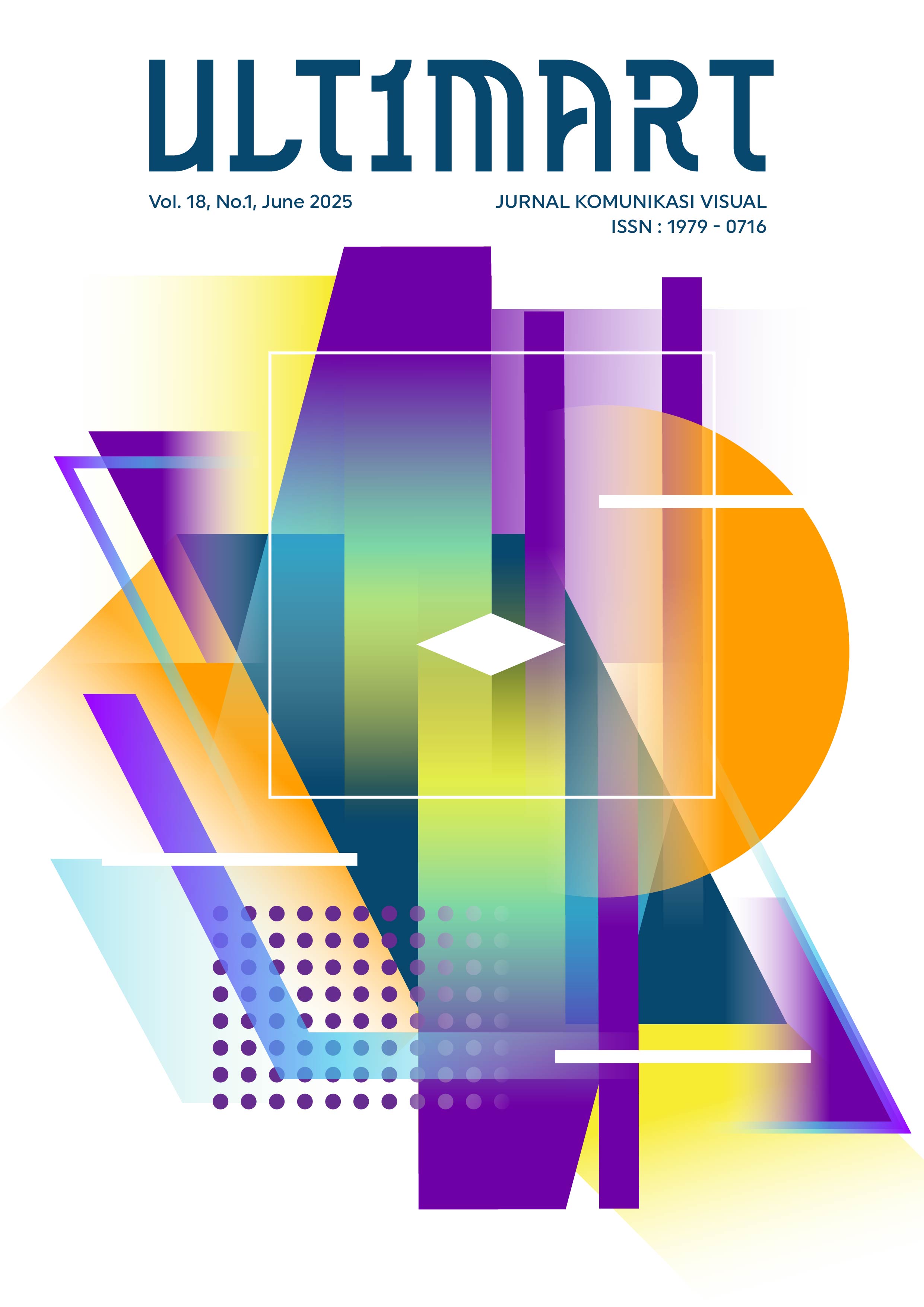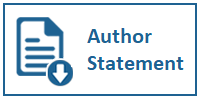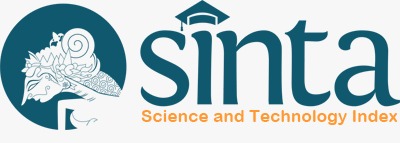Fashion Trend Visualization Through AI-Based Illustration: A Case Study on Fashion Trend Forecast 2025/2026 Strive Book
DOI:
https://doi.org/10.31937/ultimart.v18i1.4163Abstrak
Digital technology has evolved and brought significant changes in various aspects of the creative industry, including the fashion industry. One of the innovations that is now starting to be applied in the visualization process, especially in producing fashion illustrations, is artificial intelligence (AI) technology. Through a case study on Fashion Trend Forecast 2025/2026 STRIVE book, this research aims to analyze how AI technology compares with manual and digital illustrations in communicating ideas and narratives of fashion trends. The method used in this research is a descriptive qualitative approach to visual analysis based on the main aspects of stroke line, color, proportion, and composition. The results show that AI-based fashion illustration is able to display visuals with high quality and detail, but it needs to be supported by prompt experiments to achieve the intended image results. The efficiency of the process to produce illustrations is also very significant, because no hand-draw sketch skills are required. It can be concluded that AI has great potential as a tool in the visualization process of fashion trend books, especially in conceptualizing and communicating trend elements quickly and adaptively.
Keywords: visualization; fashion trend; illustration; artificial intelligence (AI)
Unduhan
Diterbitkan
Cara Mengutip
Terbitan
Bagian
Lisensi
Hak Cipta (c) 2025 Enrico

Artikel ini berlisensiCreative Commons Attribution-ShareAlike 4.0 International License.
Authors retain copyright and grant the journal right of first publication with the work simultaneously licensed under a Creative Commons Attribution-ShareAlike International License (CC-BY-SA 4.0) that allows others to share the work with an acknowledgement of the work's authorship and initial publication in this journal.
Authors are able to enter into separate, additional contractual arrangements for the non-exclusive distribution of the journal's published version of the work (e.g., post it to an institutional repository or publish it in a book), with an acknowledgement of its initial publication in this journal.















